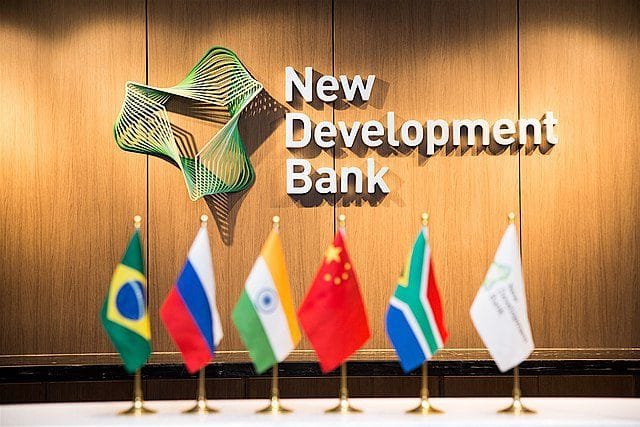In a significant development for India’s financial markets and its role in the global economy, the BRICS-backed New Development Bank (NDB) has announced plans to issue its first-ever bond denominated in Indian rupees. Slated for India’s domestic market by March 2026, this move represents a pivotal step in the internationalization of the rupee and the strategic evolution of the multilateral lender.
A Strong Vote of Confidence in India’s Economy
For a global institution like the NDB to raise funds in a local currency signals deep trust in the stability of the Indian rupee, the depth of India’s capital markets, and the resilience of its long-term economic growth. This places India among a select group of nations whose domestic markets are deemed robust and sophisticated enough for such high-profile issuances.
“The decision to issue a rupee bond is a testament to India’s growing economic stature and the maturity of its financial systems,” said a market analyst familiar with the development. “It sends a strong signal to international investors that India is ready for a larger role on the global financial stage.”
Cheaper and Safer Financing for Development
The NDB’s primary goal is to mobilize resources for infrastructure and sustainable development projects in its member countries. By raising capital in rupees, the bank can fund projects within India without incurring foreign exchange risk. For Indian states and corporations borrowing from the NDB, this could mean lower borrowing costs and more stable financial planning for projects in sectors such as renewable energy, transportation, and urban development.
“This is a game-changer for project financing in India,” commented an infrastructure finance expert. “Local currency funding creates a virtuous cycle, enabling more efficient and resilient development.”
Deepening India’s Financial Markets
The entry of a prestigious multilateral institution like the NDB into the domestic bond market is a landmark event. It is expected to attract institutional investors—including insurance companies, pension funds, and mutual funds—seeking high-quality, creditworthy assets. This issuance may also set a benchmark for other international entities, deepening the liquidity, sophistication, and resilience of India’s bond market.
A Strategic Pivot for the New Development Bank
For the NDB, issuing a rupee-denominated bond represents a strategic diversification of its funding base. While it has traditionally raised funds in global currencies such as the U.S. dollar and the euro, local currency issuance in member countries is aligned with the bank’s founding philosophy. A successful rupee bond could serve as a template for future issuances in other member nations, such as Brazil (Real) and South Africa (Rand), strengthening the bank’s financial model and furthering the BRICS objective of fostering an inclusive global financial system.
The Road to March 2026
While the announcement sets a clear direction, several steps remain. The NDB will need to secure regulatory approvals from the Reserve Bank of India (RBI) and the Securities and Exchange Board of India (SEBI). Careful structuring and pricing will also be essential to ensure investor interest.
When the bond launches in March 2026, it will not just mark the debut of a new financial instrument—it will signal a new chapter for India’s currency and its stature in international finance.












